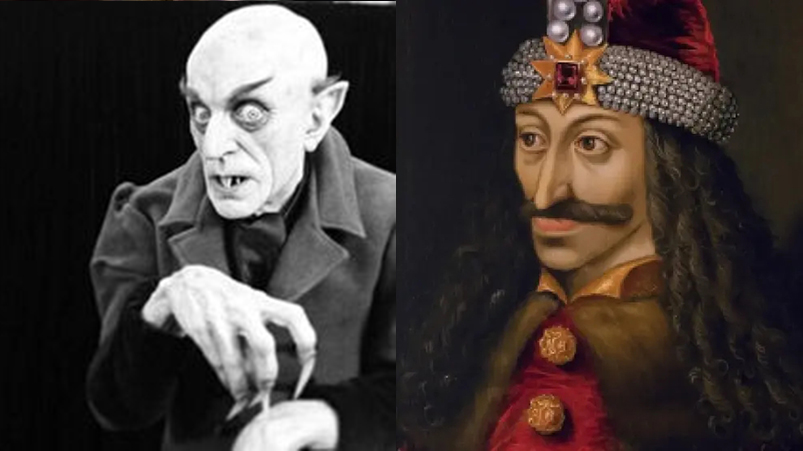
The Man Behind the Legend of Dracula
Vlad Tepes, also known as Vlad the Impaler, was a brutal and mysterious figure in history who has been immortalized as the embodiment of evil by Bram Stoker’s iconic character, Count Dracula. The connection between Vlad III, the infamous prince of Wallachia, and the vampire legend is undeniable, yet it is fascinating to explore how this dark mythology came to be.
Vlad Tepes was a real historical figure who earned his sinister reputation through his brutal methods of punishment and warfare. He was accused by his contemporaries of various atrocities, including torture and killing on a massive scale. These accusations were largely spread by his enemies, primarily the Hungarian king Matthias Corvinus and the Ottoman Empire.
Despite his bloody legacy, Vlad Tepes’ death in 1476 has remained shrouded in mystery. Some accounts suggest that he was betrayed by his own men, while others claim that he was captured and executed by his enemies. His severed head was allegedly sent to Constantinople as a warning to other potential rebels.
The myth surrounding Vlad Tepes grew exponentially with the publication of Bram Stoker’s 1897 novel “Dracula”. The Irish author drew heavily from these accusations and rumors, crafting a fictional character that would captivate audiences worldwide. It is striking how effectively Stoker merged these dark historical facts with Victorian-era anxieties to create an archetype that has continued to fascinate us for over a century.
Vlad’s cryptic legacy extends beyond literature, influencing art, film, and even the popular imagination. His tomb in Snagov Monastery near Bucharest is said to be his final resting place, solidifying the connection between history and myth.
As we navigate this labyrinth of historical truth and fiction, it becomes clear that Dracula’s essence stems from Vlad Tepes’ infamous reputation. The fusion of these two narratives has resulted in an unforgettable figure, transcending time and context.
Source: www.bitcoinbazis.hu


